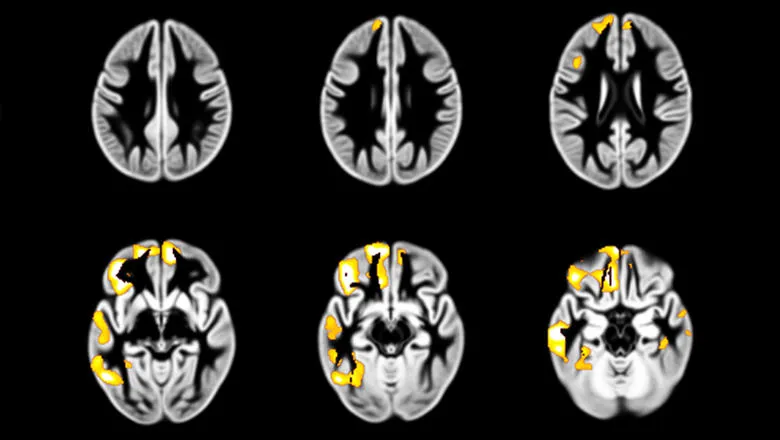Our research showed that, in this group of healthy European adolescents, brain changes in the frontal and temporal lobes might happen even before the onset of alcohol use. This means that claims that teenage drinking will damage your brain are over-simplistic and do not reflect the complexity of the interactions between brain development and the environment. In adolescents who are not drinking heavily, structural changes in the brain could in fact be a predictor of alcohol use and more research is needed to identify possible risk factors that could ultimately help characterise those individuals
Senior researcher, Professor Gunter Schumann from the Institute of Psychiatry, Psychology & Neuroscience (IoPPN), King’s College London
18 December 2019
Developmental changes in the brain may influence how often adolescents get drunk
A new study led by researchers at King’s College London has found that adolescents with particular patterns of brain development report an increased frequency in drunkenness. The research was published today in JAMA Psychiatry.

Using brain imaging data collected from 726 healthy adolescents, the researchers analysed changes in the volume of grey matter and in the frequency of drunkenness from the age of 14 years to 19 years. The results showed that those who experienced decreases in grey matter in the frontal and temporal regions of the brain over this five year period also showed an increase in how often they reported getting drunk.
Drunkenness is described as behaviours that indicate a strong intoxication, such as staggering when walking, not being able to speak properly, vomiting or not remembering what happened. Adolescents were asked how often they experienced drunkenness in the last 12 months.
There is continuing debate about how much alcohol causes changes in brain structure in adolescents or if there is a path of structural development in the brain that influences behaviour, which may put certain adolescents at greater risk of drunkenness. This new study puts into question previous interpretations of research in this area which suggest drunkenness has a harmful effect on the developing brain of healthy adolescents. Its findings indicate that structural differences in the grey matter of some healthy adolescents could predispose them to certain behaviours which result in more frequent drunkenness. The study does not investigate changes in brain structure in adolescents who were drinking heavily.
The association between changes in grey matter in the brain over time and increased drunkenness in girls was particularly strong. The research team also investigated the role of impulsivity and found that only boys showed an association between impulsivity and increased drunkenness, suggesting there may be independent developmental pathways leading to drunkenness for boys that is different from that in girls.
The study investigated the relationship between changes in the volume of grey matter in the brain, the experience of getting drunk and personality measures such as impulsivity and openness.
The data was sourced from the European Union-funded FP6 Integrated Project IMAGEN study which has collected MRI brain scans and data from healthy adolescents from the UK, France, Germany and Ireland at 14 years old, 16 years old and 19 years old. The follow-up at 19 years was funded by the Medical Research Council (MRC) and the German Federal Ministry of Research & Education (BMBF). The relationship between heavy alcohol use and brain development in adolescents was not studied.
Huge developmental changes occur in the brain during adolescence and this is also the time when individuals tend to start substance use so there is a longstanding debate about the causality between brain development, drug use and mental disorders. Our findings indicate that certain patterns of brain development can promote certain behaviours and, under given circumstances, this could result in an increased frequency of drunkenness. To get a more precise overview of the role of brain development in substance use disorders, we would like to focus on the individuals with the most severe decreases in grey matter and monitor the onset of substance use disorders over time
Co-lead researcher, Dr Gabriel Robert from the IoPPN and the University of Rennes 1
The research was published in JAMA Psychiatry. There were two co-lead researchers: Gabriel Robert from King’s College London and the University of Rennes 1, France and Qiang Luo from Fudan University, Shanghai.
Contact
For interviews or any further media information please contact: Franca Davenport, Interim Senior Press Officer, Institute of Psychiatry, Psychology & Neuroscience, King’s College London, franca.davenport@kcl.ac.uk / +44 20 7848 5377 / +44 7718 697176.
